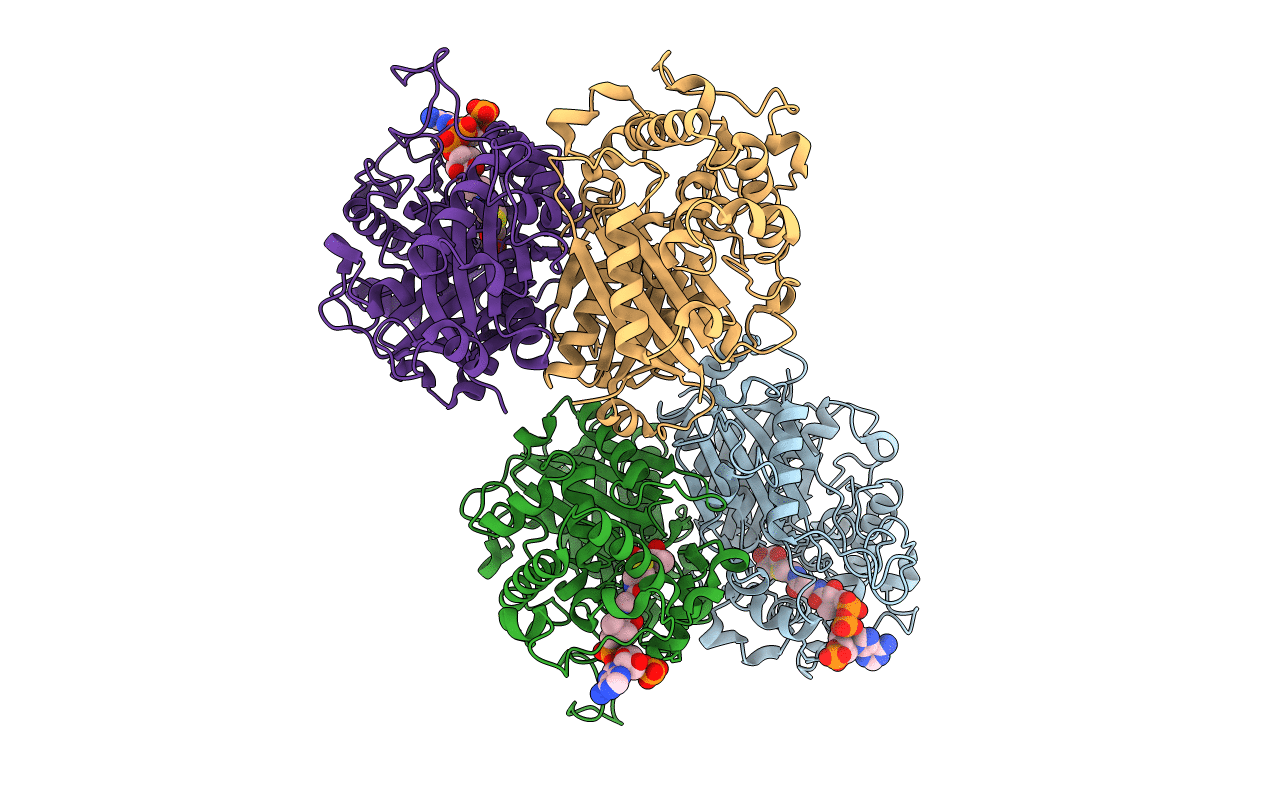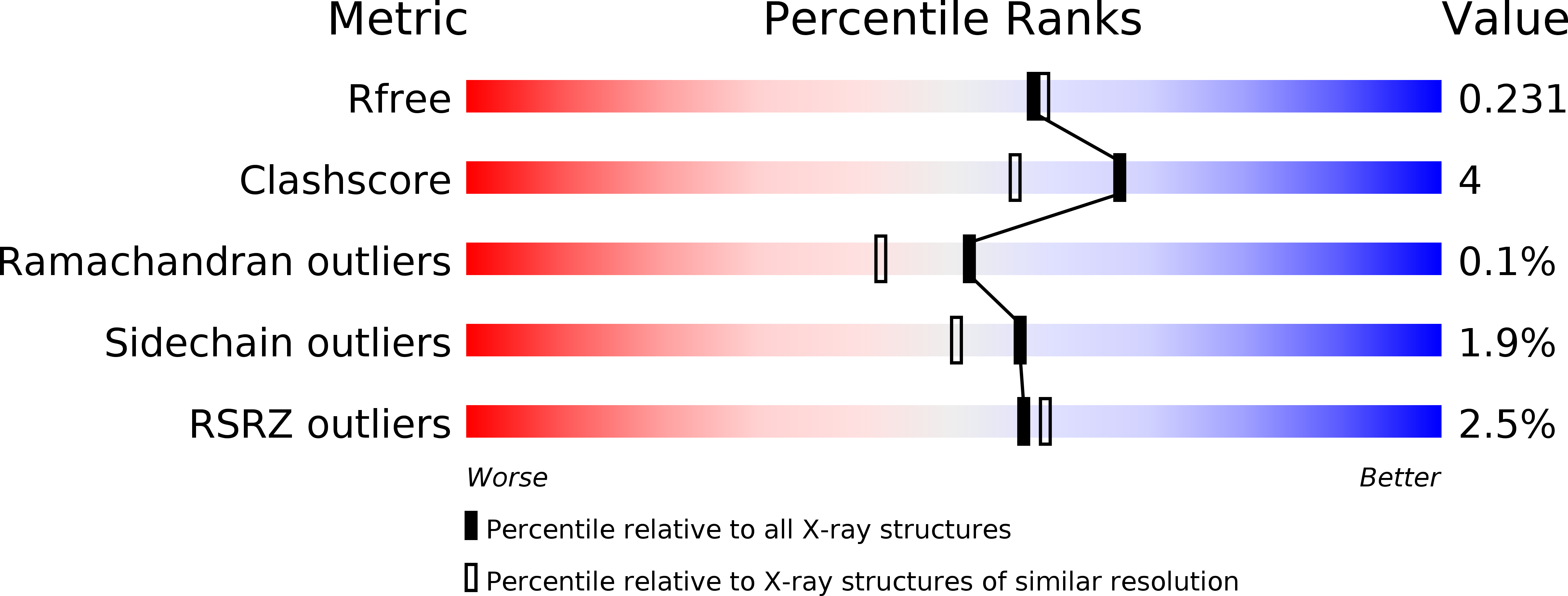
Deposition Date
2016-08-06
Release Date
2017-01-18
Last Version Date
2024-01-10
Entry Detail
PDB ID:
5LNQ
Keywords:
Title:
Crystal structure of SCP2 thiolase from Leishmania mexicana. Complex of the C123A mutant with acetoacetyl-CoA.
Biological Source:
Source Organism:
Leishmania mexicana (Taxon ID: 5665)
Host Organism:
Method Details:
Experimental Method:
Resolution:
1.98 Å
R-Value Free:
0.22
R-Value Work:
0.18
R-Value Observed:
0.19
Space Group:
P 1 21 1


